






149.990 kr. Original price was: 149.990 kr..106.990 kr.Current price is: 106.990 kr..

106.990 kr. 149.990 kr.
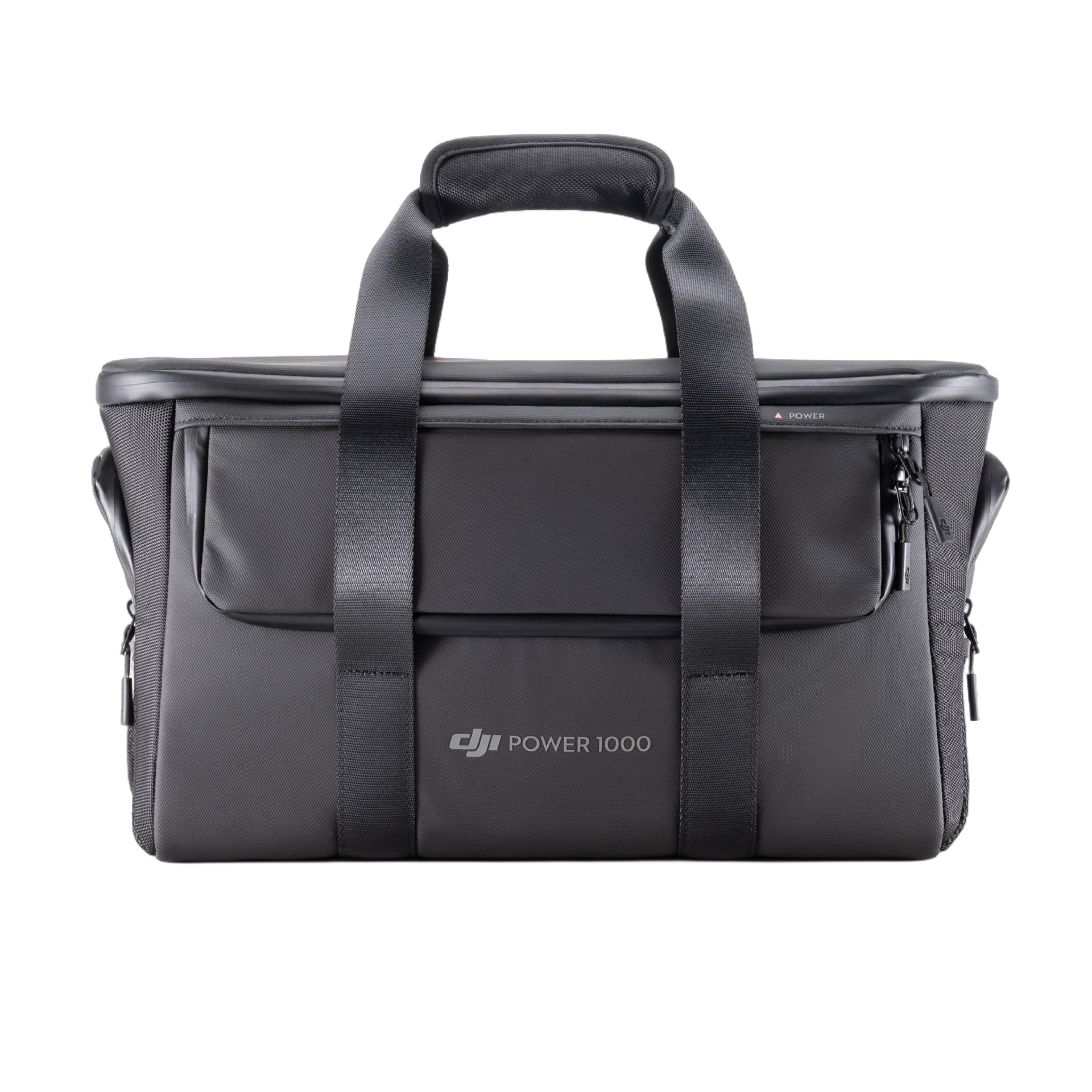
18.990 kr.
Ekki til á lager
Hannað til að geyma DJI Power 1000, hentugt til að bera með einni hendi. Með vasa fyrir geymslu á snúrum.
Nánar
5.990 kr.
Ekki til á lager
Snúra til að tengja bílhleðslutengi við SDC eða SDC Lite-tengi á DJI Power rafstöð til að hlaða rafstöðina í bíl.
Nánar
5.990 kr.
Með þessum kapli geta orkustöðvar DJI Power-línunar umbreytt SDC í sígarettutengi, og veita 12V DC til að hlaða tæki með sígarettutengi.
Nánar
10.990 kr.
Tengist DJI Power rafstöðvum og DJI-vottuðum Zignes sólarsellum og gerir notendum kleift að hlaða rafstöðvarnar sínar á grænan máta.
NánarThe battery capacity is 1024 Wh, supporting a continuous 2600W output until the battery runs out, [1] reliably running over 99% of everyday devices. [2] It can connect up to 5 expansion batteries [6][7], expanding to 11,264 Wh.
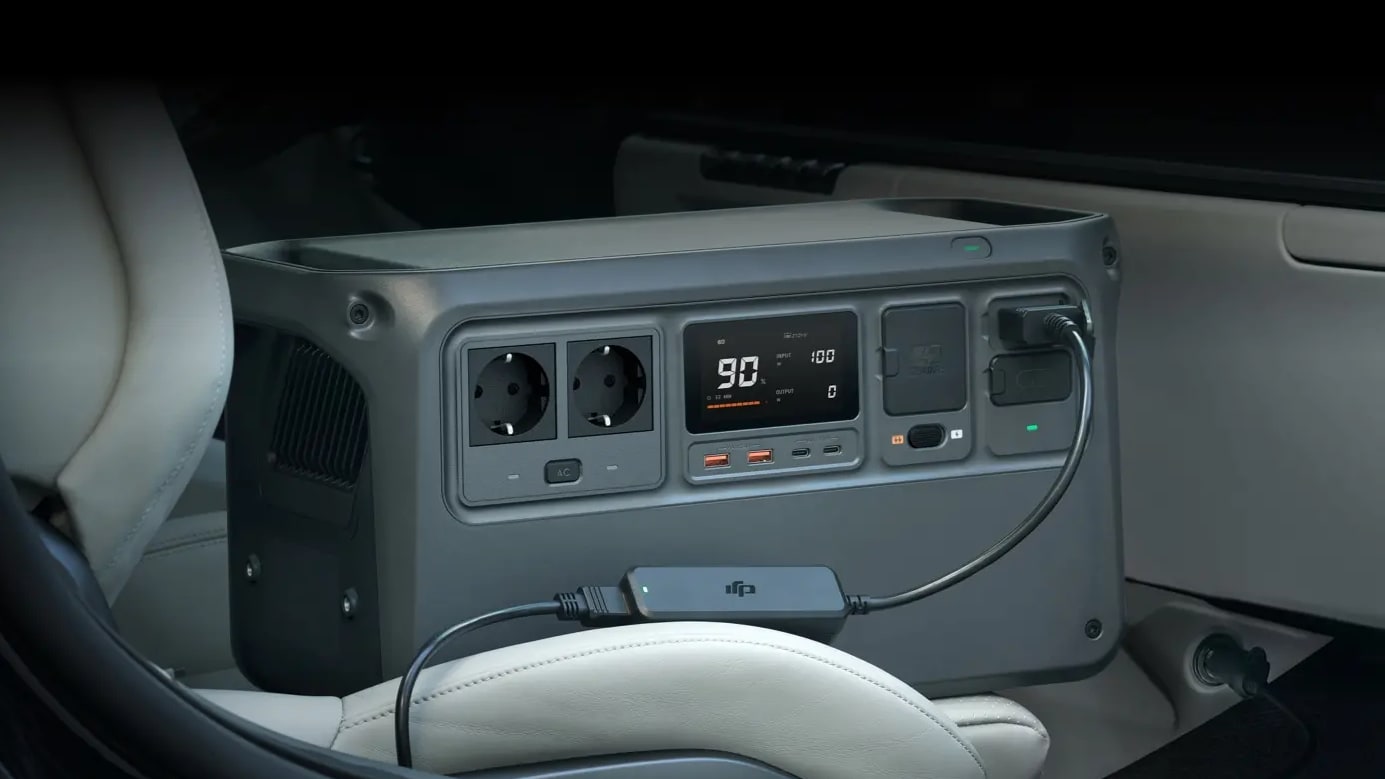
Supports three charging methods: Grid power, solar power, and car power. Whether indoors or on the go, you can choose the best charging method that works for you. Solar charging is cost-efficient and clean [3]; or charge fully during a road trip [3] for convenient power use.
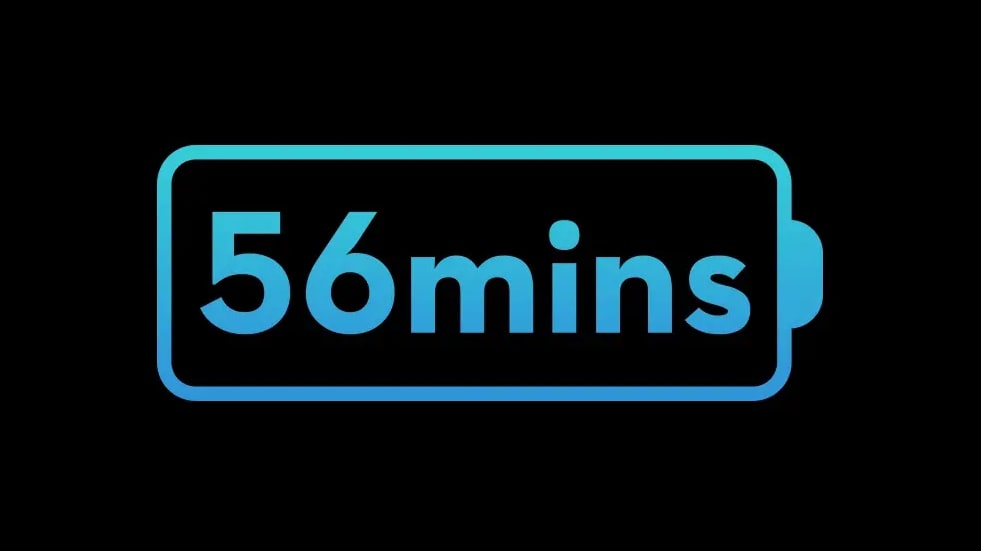
It’s fast and easy to plug in, recharge, and go. In fast charging mode, it takes only 56 minutes to fully charge from zero, and just 37 minutes to go from zero to 80% [4]. Even if you start charging it right before heading out, it gives you the confidence to set off whenever you need.
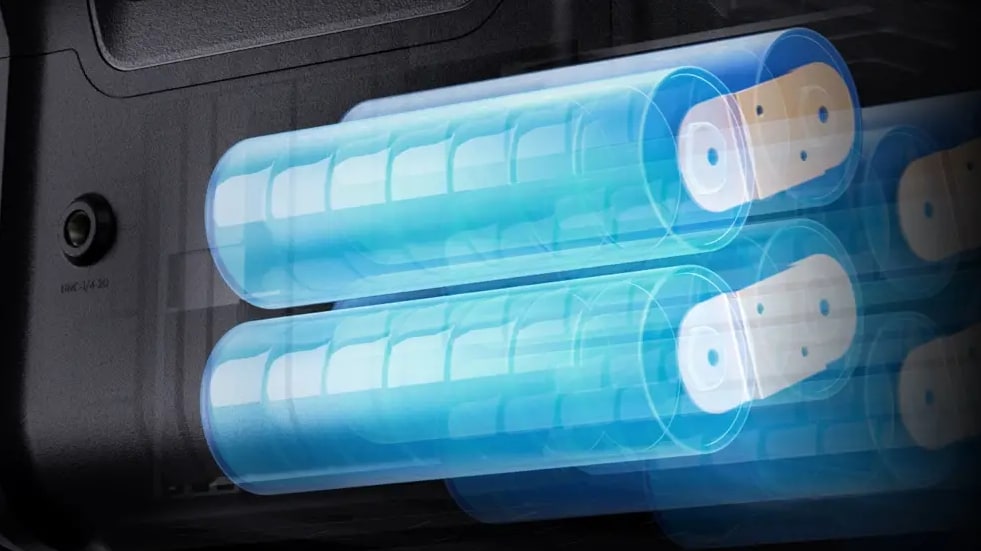
Safety is a top priority for DJI Power 1000 V2. It boasts a long lifespan, retaining 80% capacity after 4000 cycles [8]. With one full charge cycle per day, it can serve for ten years [9].
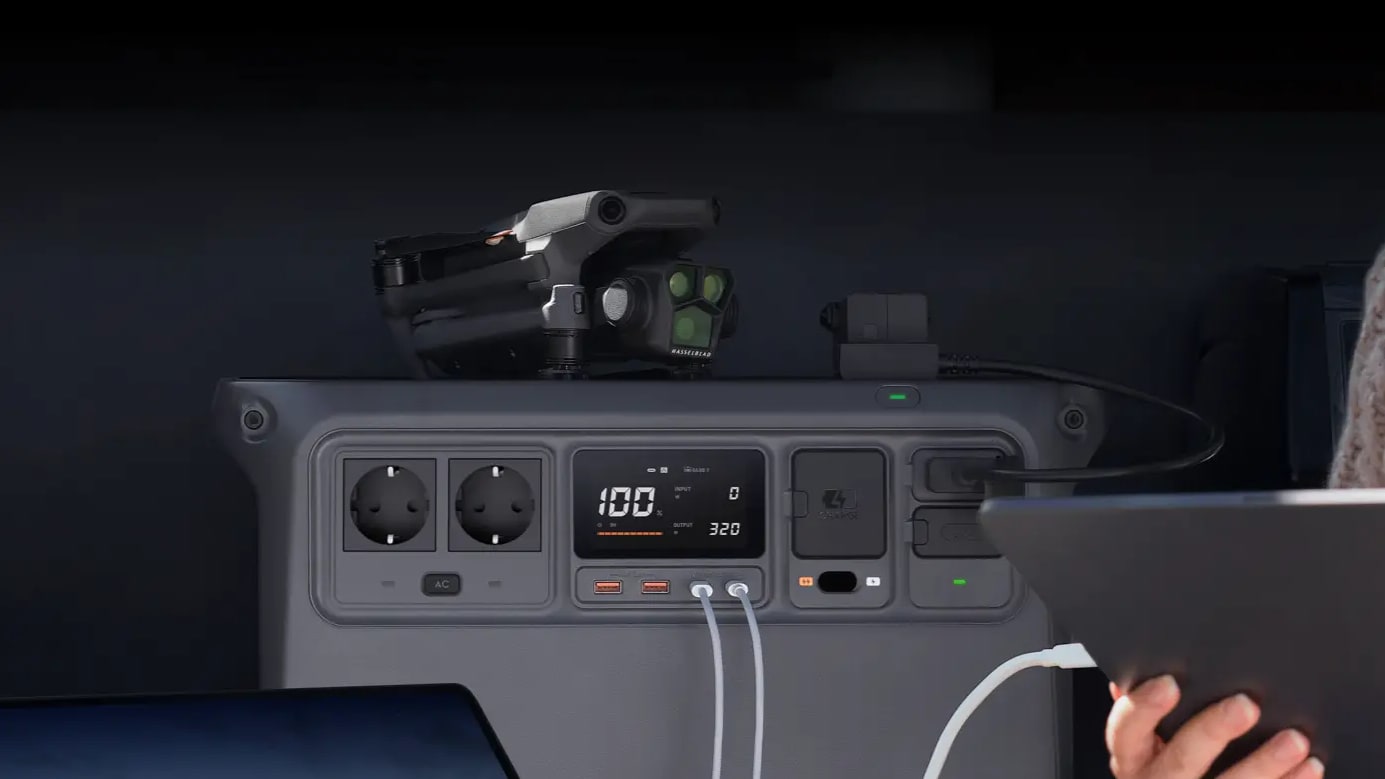
DJI Power 1000 V2 features dual 140W USB-C output ports [10] delivering a combined 280 W, which is 40% more than typical dual 100W USB-C setups on the market. It easily meets the demands of most USB-C devices.
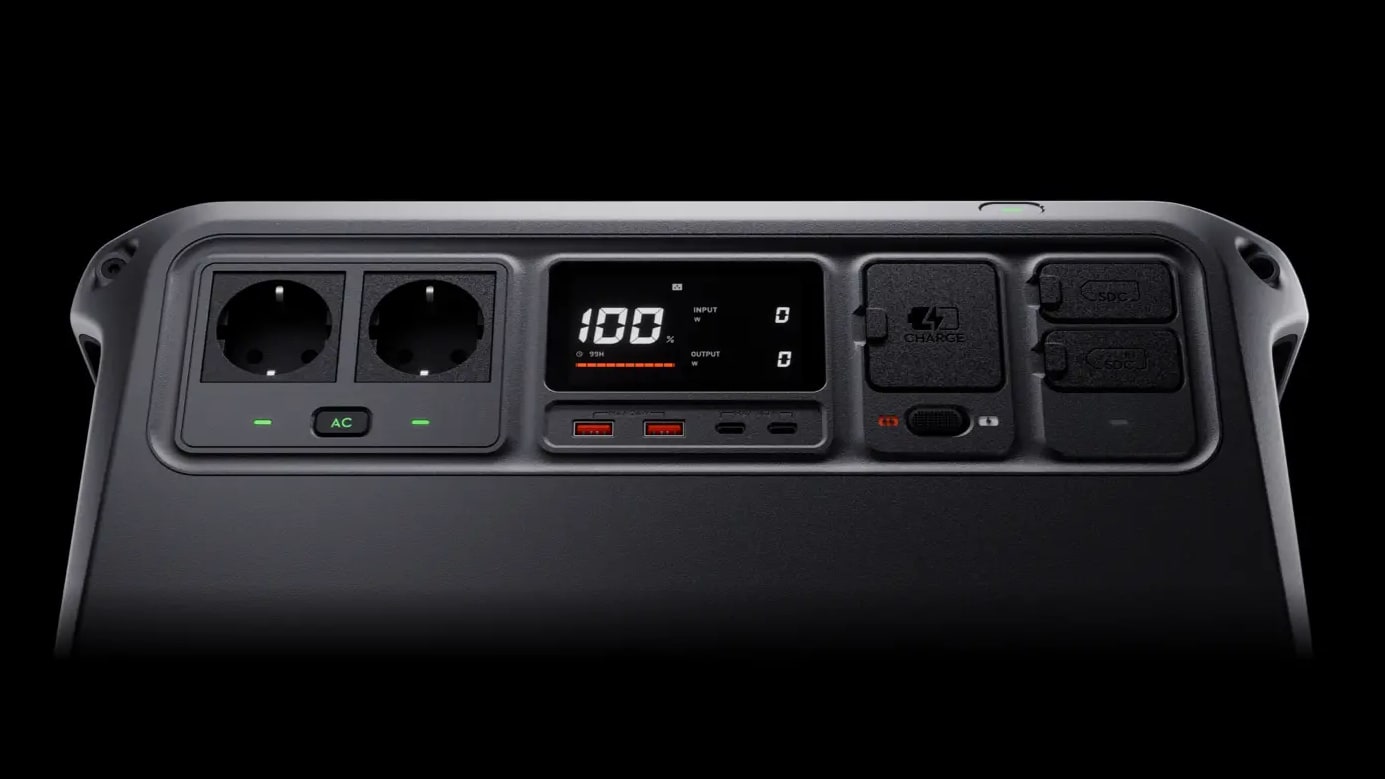
DJI Power 1000 V2 features two USB-A ports, two AC output ports, one SDC port, one SDC Lite port, and two 1/4″ threaded ports. It supports connection to different models of solar panels, power supply cables, and adapter cables to meet diverse charging and expansion needs.
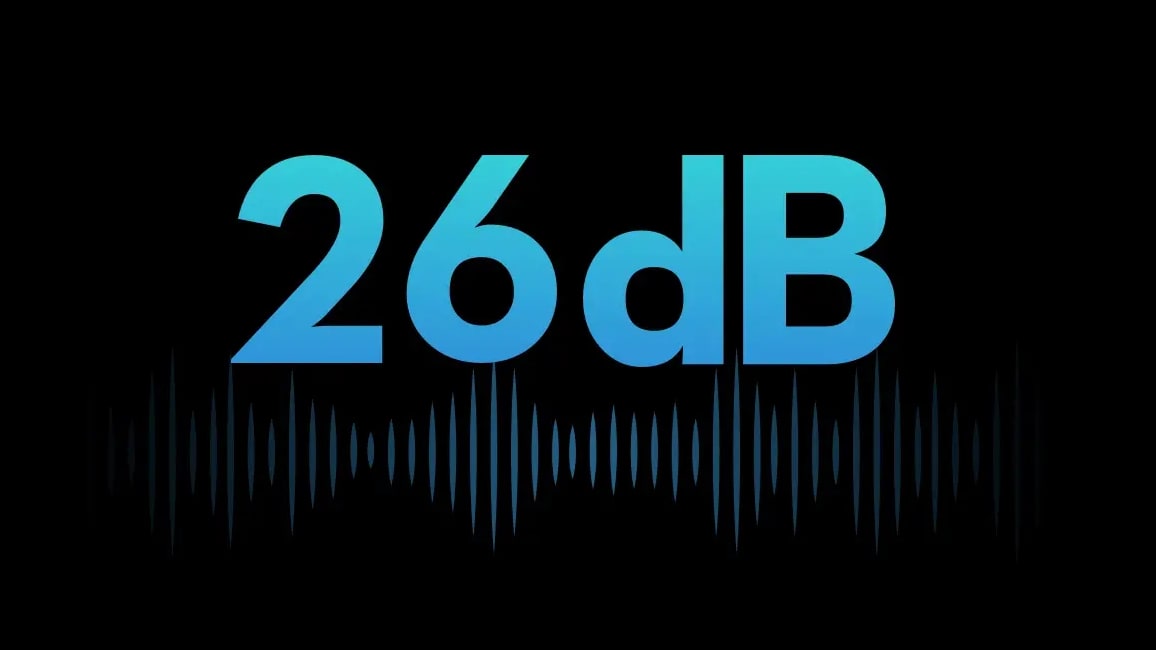
When charging, the DJI Power 1000 V2 operates as quietly as 26 dB [5] . Whether you’re camping overnight or resting indoors, it runs quieter than the wind and no louder than a silent air conditioner.
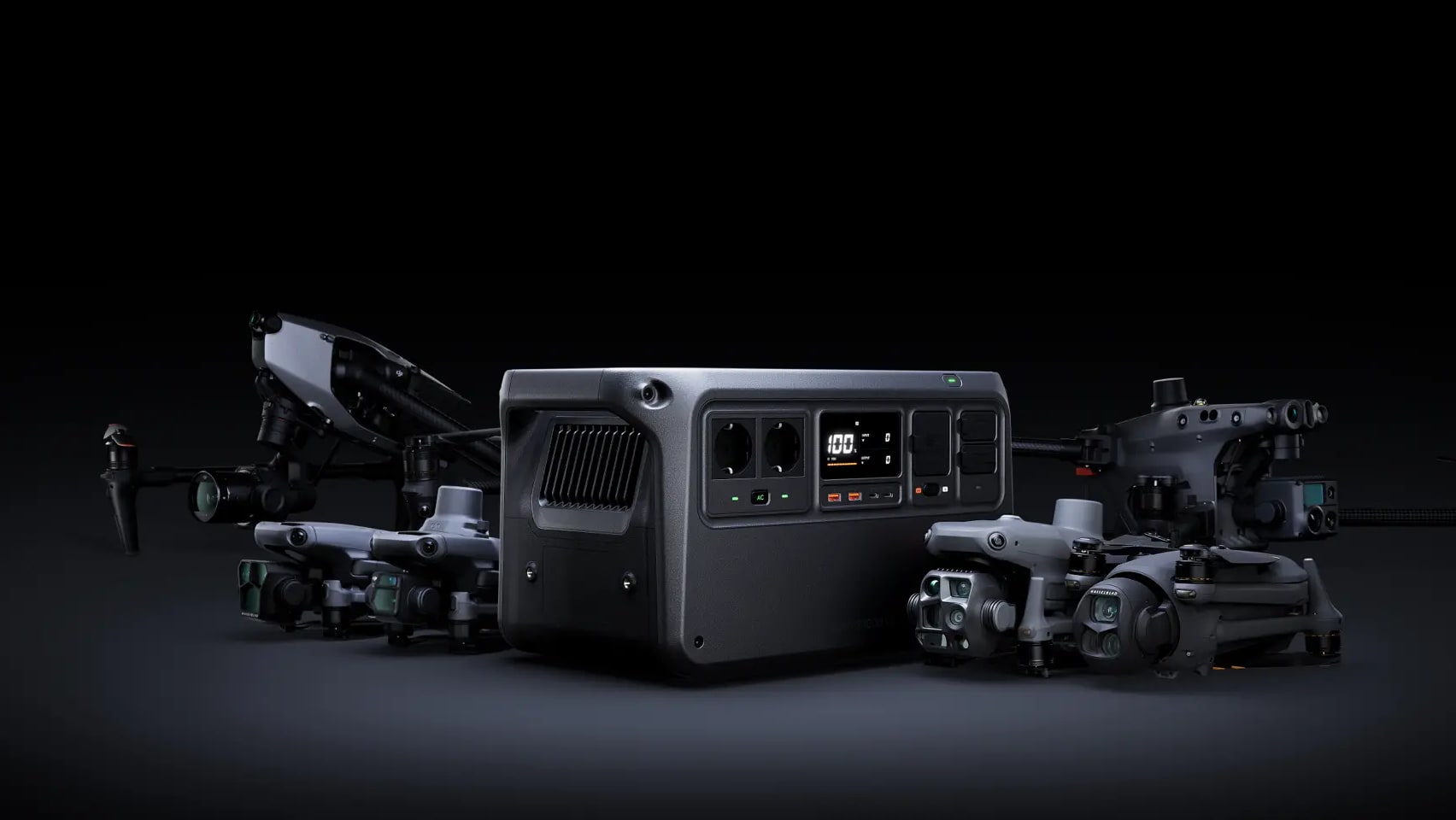
When used with compatible accessories, DJI Power 1000 V2 enables SDC Super Fast Charging [3] for select DJI drone batteries [11], enabling takeoff in as little as half an hour. With three drone batteries, you can fly and film continuously throughout the day.
149.990 kr. Original price was: 149.990 kr..106.990 kr.Current price is: 106.990 kr..
Við látum þig vita þegar varan er komin aftur á lager
